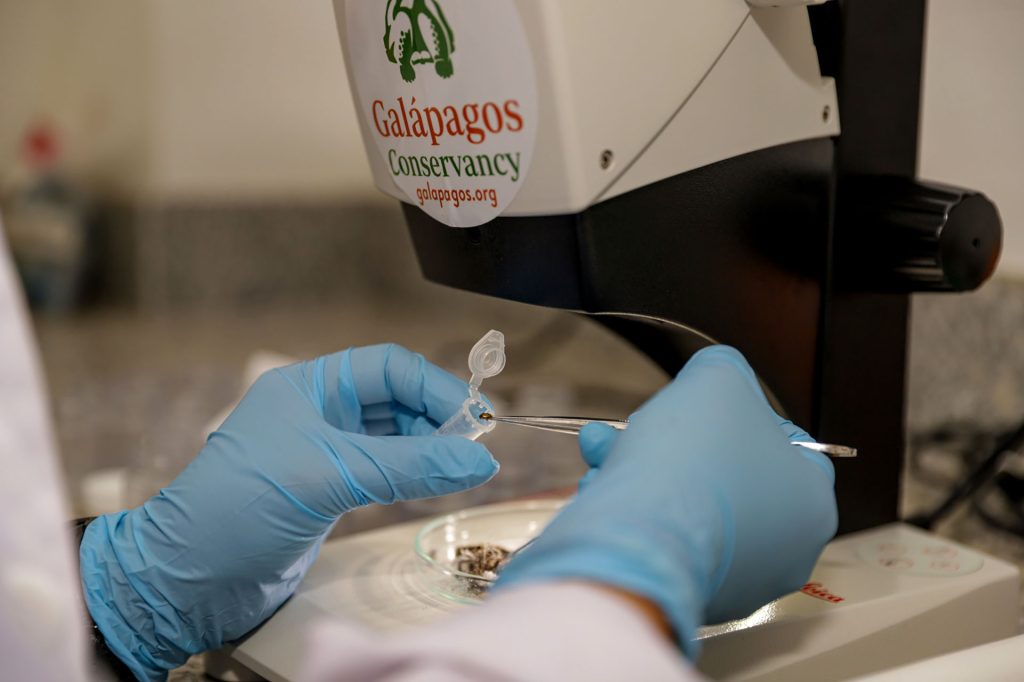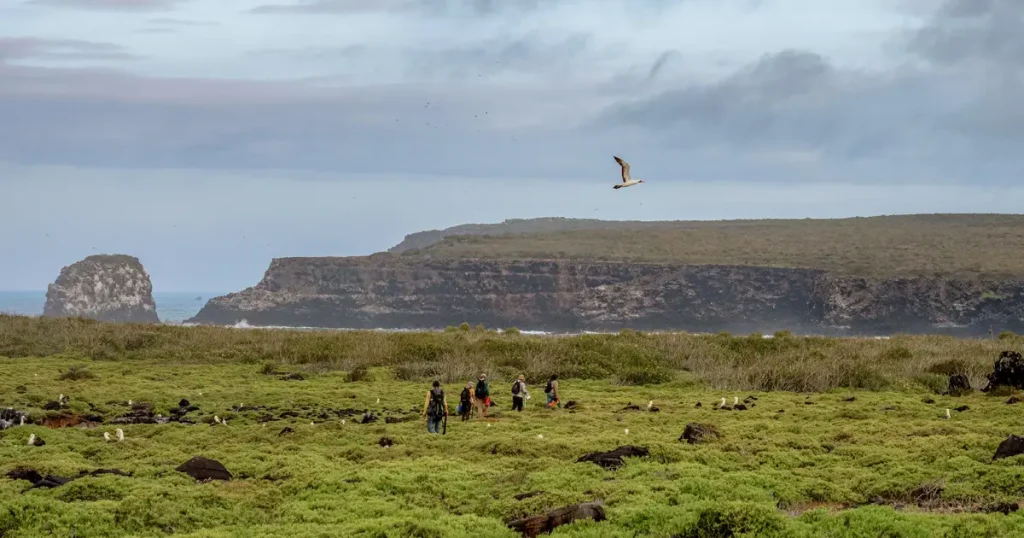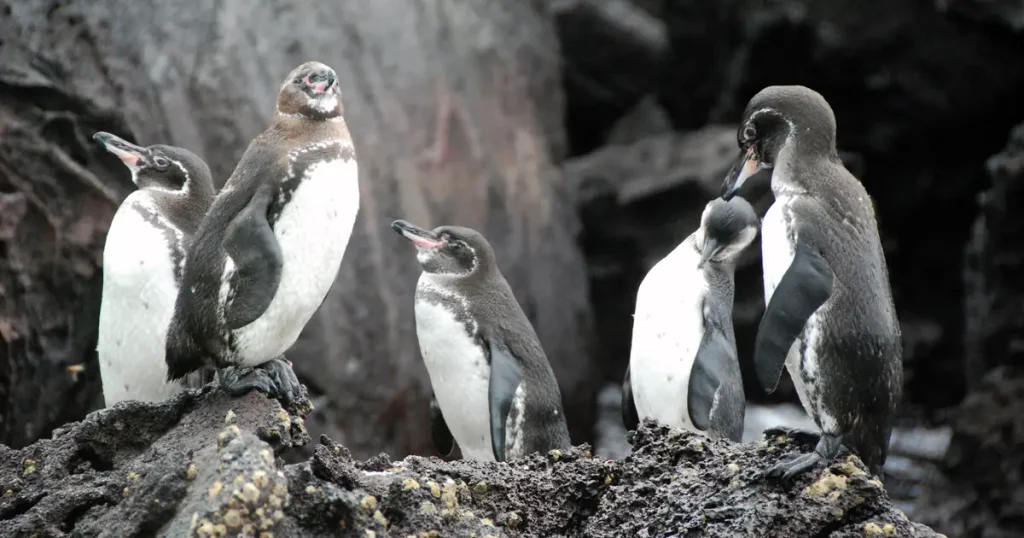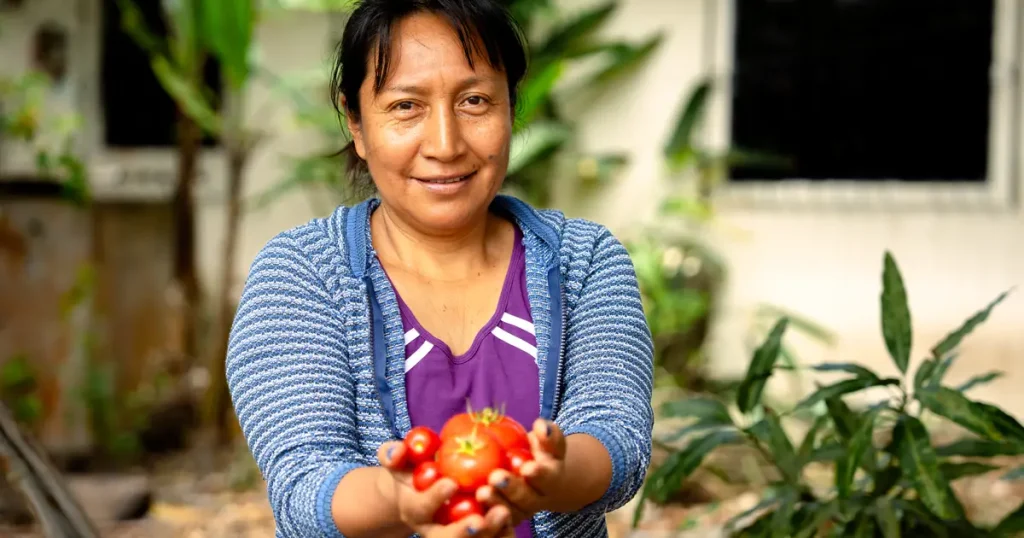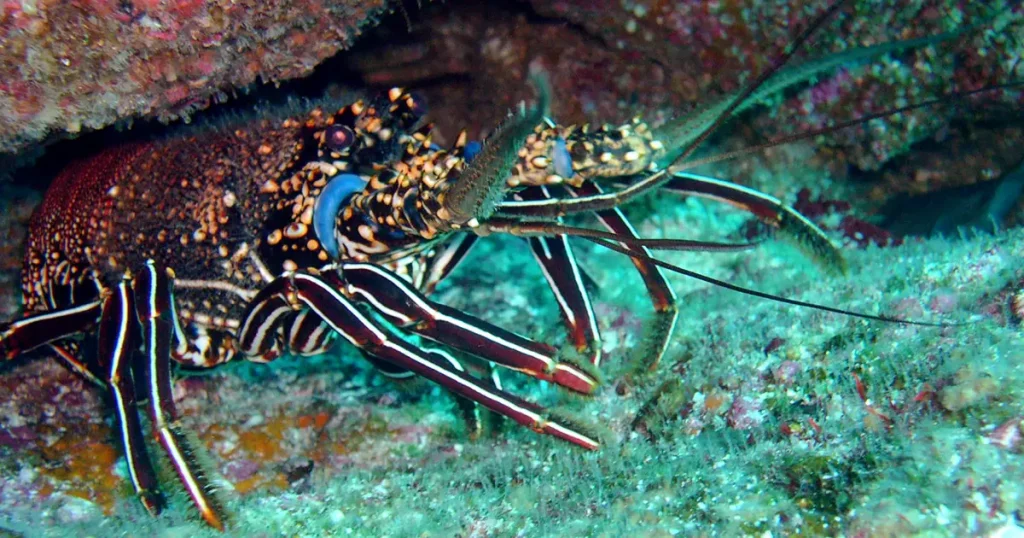Alliance Against Invasion: Tackling the Ant Threat in Galápagos
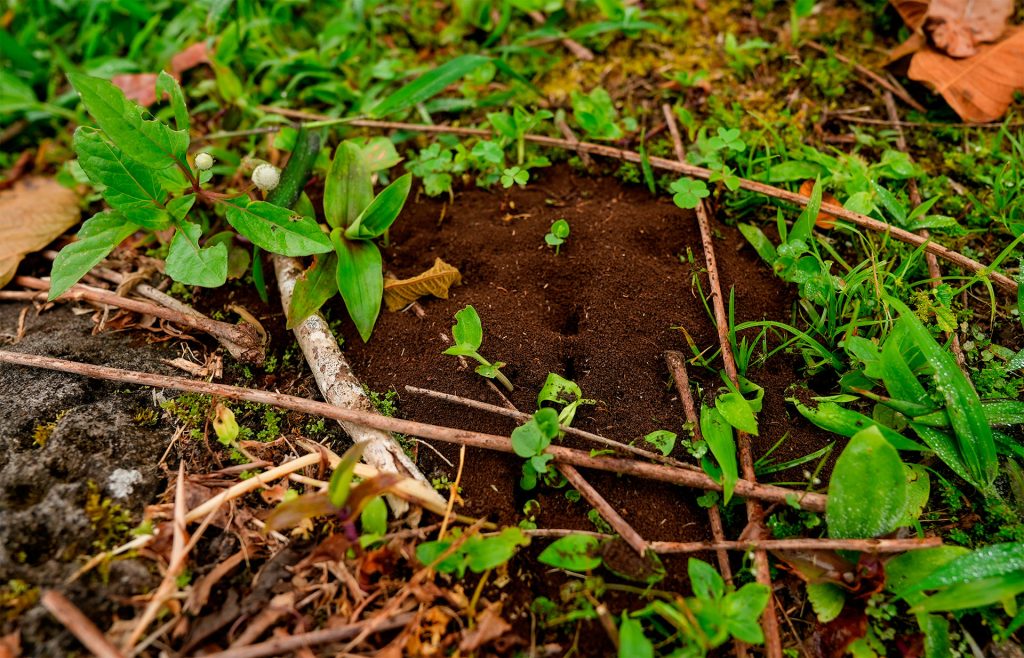
The magnificent Galápagos Archipelago, famous for its unique species and natural treasures, is is under attack from invasive ants, a silent but devastating threat. These unwanted visitors disrupt the delicate ecological balance of the archipelago’s rare and vulnerable species within protected zones and have a negative impact on the region’s economic sectors.
Context and Challenge
According to research supported by the Charles Darwin Foundation (CDF) and the Galápagos National Park Directorate (GNPD), 22 ant species have been introduced to the islands, including the big-headed ant (Pheidole fervens) and the deadly fire ant (Solenopsis geminata), both of which are listed as among the 100 most dangerous invasive exotic species in the world. These insects pose significant threats to birds, plants, and invertebrates and are particularly hazardous to the nesting zones of giant tortoises, whose conservation is hindered by these species’ high reinvasion abilities. In addition, they significantly impact local producers’ economies by posing serious challenges to agricultural activities.
To address this situation and strengthen conservation efforts, we have committed to providing financial support to the Galápagos Biosecurity and Quarantine Regulation and Control Agency (ABG), the Galápagos’ health authority. They aim to prevent and control invasive species, develop effective management methods for urban, rural, and agricultural areas, and prevent the introduction of new species, such as ants, that could cause additional harm.
Control and Monitoring Strategies
Biosecurity Agents patrol strategic areas such as docks, markets, waste collection centers, and airports. To attract and detect ants, they use baits like sausages, peanut butter, tuna, and honey. The ants are then collected and analyzed to determine if they are new species. This data is critical for implementing control measures in urban and agricultural areas. Additionally, field interventions are carried out in collaboration with farmers in order to manage ant populations and protect their crops. A digital catalog is being created to simplify ant identification and control, providing technicians and producers with accurate and timely tools to effectively address these threats.
Uniting Forces for the Future
Marilyn Cruz, the executive director of the Galápagos Biosecurity Agency, emphasizes that combating invasive species is a colossal task requiring strategic alliances. “We are immensely grateful for the invaluable support from the Galápagos Conservancy, which enhances our prevention, control, and eradication operations. Together, we are tirelessly protecting this World Natural Heritage site,” she highlighted.
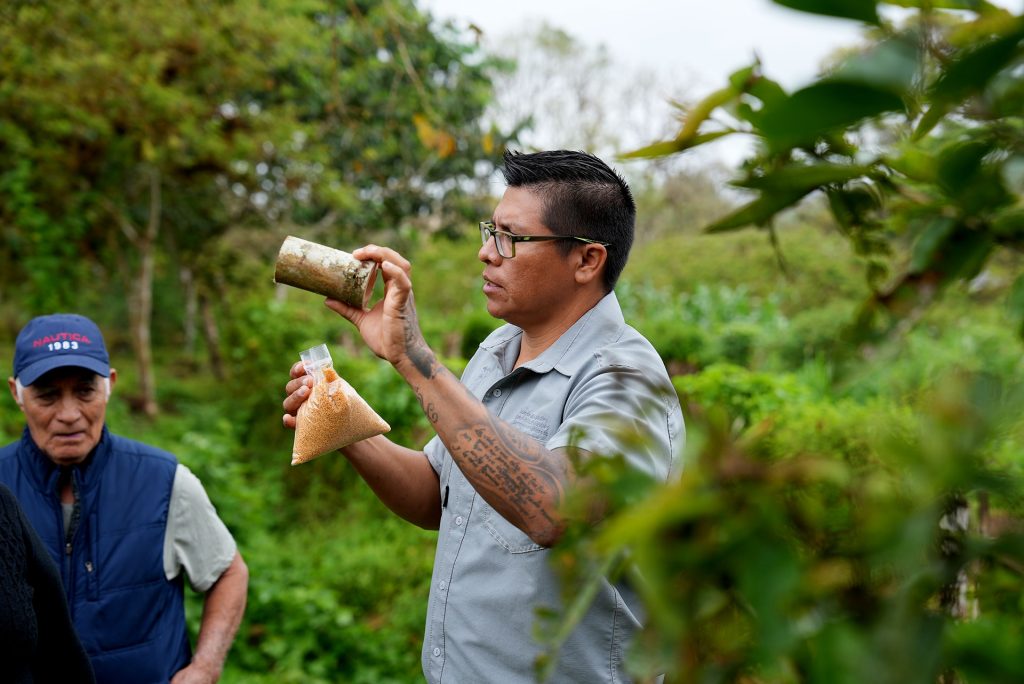
Supporting this initiative is critical not only for preserving unique ecosystems of Galápagos, but also for ensuring a sustainable future for the local communities and the economy, particularly in tourism and agricultural production. According to our Conservation Director, Dr. Jorge Carrión, ants are a highly invasive species that impact agricultural production and threaten the archipelago’s ecological stability. “Ant colonies directly affect the eggs of giant tortoises; the hatchlings are extremely vulnerable to ants, leading to the deaths of numerous young turtles,” he said.
We applaud the Galápagos Biosecurity and Quarantine Regulation and Control Agency for their perseverance and dedication to reducing the impacts of invasive species. This collaborative and united approach is a prime example of how, by joining forces, we can protect the local economy and, more importantly, conserve the natural heritage of Galápagos for future generations
